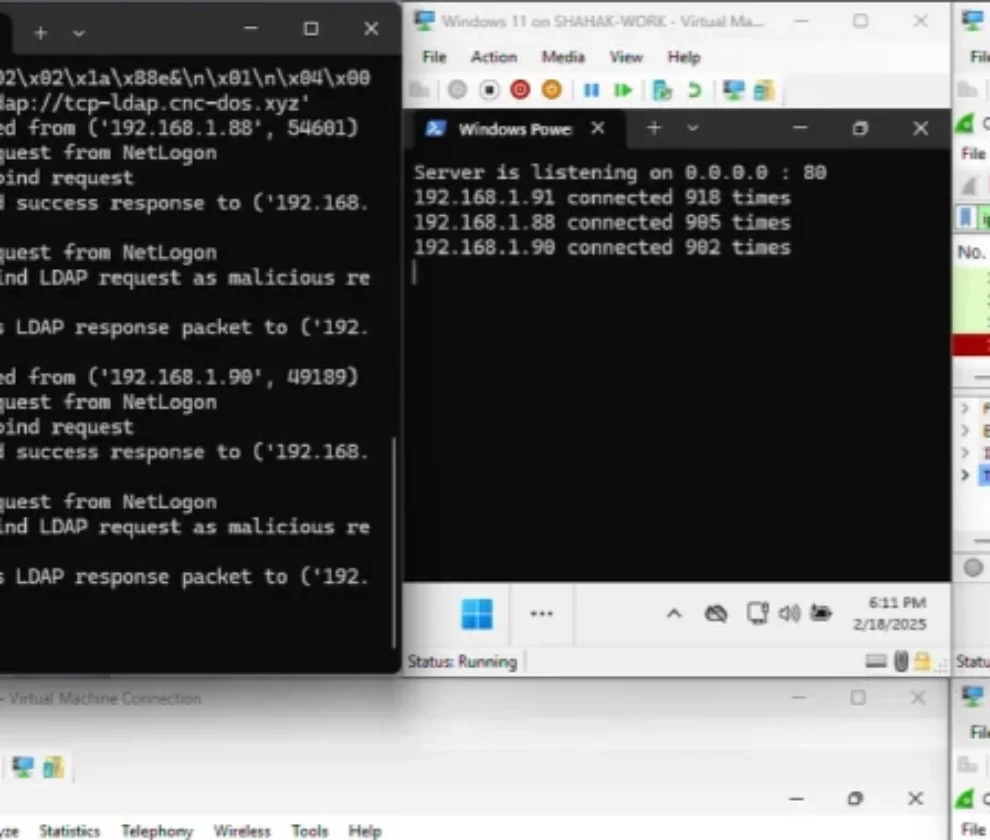Phantom Taurus: The Chinese Malware Threat
Cybersecurity experts have increasingly turned their focus to a newly discovered threat—Phantom Taurus. This sophisticated cyber-espionage group, suspected to have ties to China, is raising alarms across Africa, the Middle East, and Asia. Its advanced malware and stealth tactics primarily target governments and the telecom sector. In this article, we will delve into the operations, tactics, and countermeasures to understand Phantom Taurus more comprehensively and why it represents a critical threat to global cybersecurity.
Who is Phantom Taurus?
The cybersecurity division Unit 42 at Palo Alto Networks unraveled Phantom Taurus activities dating back to late 2022. The group has reportedly prioritized sensitive targets, including diplomatic efforts, military operations, and economic activities. Interestingly, their operations align closely with geopolitical events, implying highly strategic motives. Such orchestration underscores the group’s goal to enhance Beijing’s strategic interests through intelligence collection.
A Stealthy and Modular Arsenal
At the core of Phantom Taurus’s threat lies its malware, NET-STAR. Unlike traditional threats, NET-STAR focuses on exploiting Microsoft IIS (Internet Information Services) servers. This bespoke malware toolkit includes advanced components such as IIServerCore and AssemblyExecuter V2, making it both stealthy and modular. These features allow Phantom Taurus to execute commands in system memory, leaving no traces on disk and bypassing most detection protocols.
A notable characteristic of this malware is its ability to evade endpoint security tools, further complicating threat mitigation. NET-STAR demonstrates how malware sophistication has reached a new level, shaking the very foundation of traditional cybersecurity defenses.
Exploitation of Vulnerabilities and Shared Infrastructure
Phantom Taurus illustrates incredible expertise in exploiting known vulnerabilities in networks, particularly through ProxyShell and ProxyLogon flaws. These vulnerabilities serve as gateways for initial access, escalating privileges, and extracting highly confidential data.
Moreover, the group reportedly shares infrastructure with well-known Advanced Persistent Threat (APT) groups like APT41. This connection enhances its ability to launch impactful campaigns while complicating efforts to attribute their activity conclusively. Phantom Taurus’s shared methodology with groups like APT41 makes them a formidable player in the realm of cyber warfare.
Adaptability and Agility Define Their Strength
Phantom Taurus epitomizes how hackers evolve alongside modern cybersecurity technologies. Their intimate understanding of present-day IT architectures enables them to bypass even sophisticated perimeter defenses. For instance, their agility allows them to adapt signatures or tactics when faced with fortified security measures.
Instances of their intrusion campaigns have demonstrated their ability to deploy zero-day exploits, mimic legitimate network behavior, and innovate continuously based on counterintelligence efforts. This adaptability positions Phantom Taurus as one of the most sophisticated cyber threats in existence today.
Mitigation Strategies: Protecting Against Phantom Taurus
Organizations can counter threats like Phantom Taurus by implementing robust cybersecurity strategies. Below are a few concrete measures any organization should consider:
- Segmentation of Sensitive Data: Dividing key assets and databases into smaller segments can limit the attacker’s ability to move laterally within networks.
- Firewall Reinforcements: Configure firewalls to block external traffic, especially from unverified IPs or regions frequently targeted by Phantom Taurus.
- Proactive Monitoring: Monitoring server logs and traffic anomalies can often unveil early indicators of an ongoing threat.
- Employee Awareness Training: Training staff on phishing methods and social engineering tactics enhances the overall resilience of an organization’s defense systems.
Additionally, timely updates and patches for server infrastructures like Microsoft IIS help resolve exploit vulnerabilities like ProxyShell and ProxyLogon, thus mitigating initial access attempts.
Conclusion: Staying Vigilant against Phantom Taurus
The Phantom Taurus threat highlights the mounting challenges the world faces in the realm of cybersecurity. Its connection to state-sponsored agendas underscores the potential for widespread impact, particularly in sectors like telecommunications, defense, and diplomacy.
Understanding their methods—from stealthy malware deployment to exploitation of shared infrastructures with other groups—sheds light on the steps needed to tackle this threat effectively. By emphasizing proactive monitoring and segmentation, organizations can bolster their cybersecurity posture.
To stay updated on cybersecurity tactics and defense strategies, visit our section on vulnerabilities explored by other APT actors, such as Mustang Panda and Snakedisk USB Worm. Shielding your organization from advanced threats starts with knowledge and vigilance.


